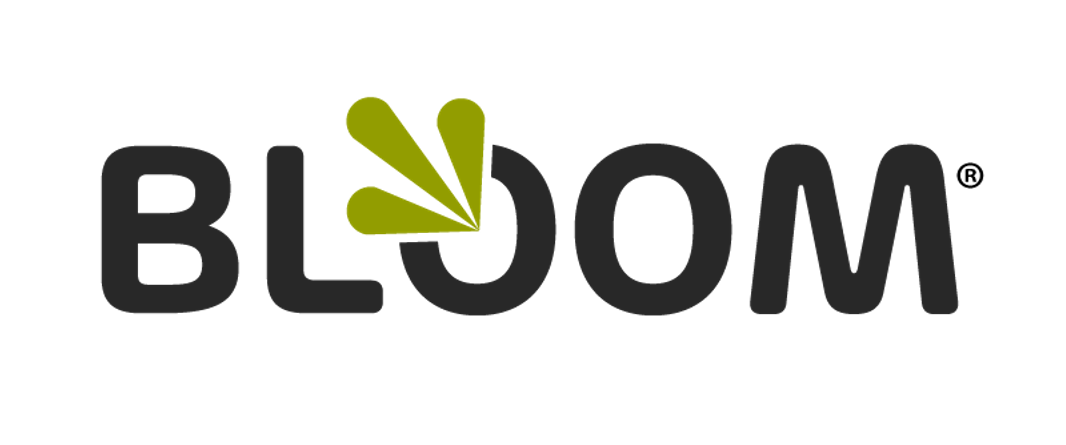Two Things Managers Must Do After Reviews
If you follow our blog, then you already know that we agree with much of what Marc Effron and Miriam Ort have to say in their book One Page Talent Management. The “must-dos” in their chapter on talent reviews and succession planning are right on:
Managers must communicate the results of a review with the employee, and
They must follow up on action items.
The performance review process carries importance only if its value is communicated from the top down. That makes it the leader’s responsibility to support the process, advocating for both the employees and the managers so that everyone understands the role reviews play in assessing the organization’s health.
Employees need to know what to expect—what they should expect the manager to address in a review—and managers need to know that unmet expectations have consequences.
Expectations don’t end when the review concludes. In fact, the work is just beginning because reviews should yield a concrete list of next steps in the employee’s professional development.
That list goes to HR, who is then equipped with the knowledge of what a manager should be helping the employee achieve.
Managers must follow up on the review to ensure the employee is moving forward, and HR should also monitor the manager to ensure that follow-up is occurring.
Monitor & Track Progress with Simple Talent Management Software
The easiest way to keep track of the review—the schedule, results, and progress—is to use a performance management system like BLOOM®.
When you complete a review, BLOOM automatically schedules the next one. It enables employees, managers, and HR to refer to performance expectations at any time, allowing managers and HR to log performance notes between reviews so that employees receive frequent feedback rather than having to wait for a formal review.
The best way to understand BLOOM’s simplicity is to experience it for yourself!
